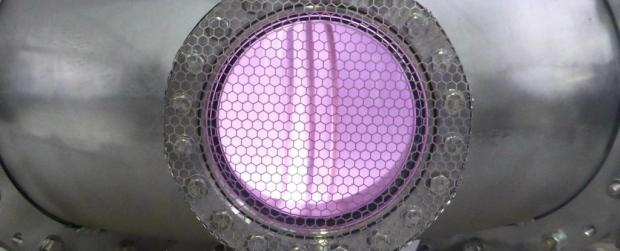
Breaking News
 Private Equity Plan to Steal Your Home.
Private Equity Plan to Steal Your Home.
 Comfy custom-fit saddle is 3D-printed according to data from your butt
Comfy custom-fit saddle is 3D-printed according to data from your butt
 WHO and EU Launch AI System To Monitor Social Media And Online "Misinformation" In Real T
WHO and EU Launch AI System To Monitor Social Media And Online "Misinformation" In Real T
 Why 'Mirror Life' Is Causing Some Genetic Scientists To Freak Out
Why 'Mirror Life' Is Causing Some Genetic Scientists To Freak Out
Top Tech News
 Future of Satellite of Direct to Cellphone
Future of Satellite of Direct to Cellphone
 Amazon goes nuclear with new modular reactor plant
Amazon goes nuclear with new modular reactor plant
 China Is Making 800-Mile EV Batteries. Here's Why America Can't Have Them
China Is Making 800-Mile EV Batteries. Here's Why America Can't Have Them
 China Innovates: Transforming Sand into Paper
China Innovates: Transforming Sand into Paper
 Millions Of America's Teens Are Being Seduced By AI Chatbots
Millions Of America's Teens Are Being Seduced By AI Chatbots
 Transhumanist Scientists Create Embryos From Skin Cells And Sperm
Transhumanist Scientists Create Embryos From Skin Cells And Sperm
 You've Never Seen Tech Like This
You've Never Seen Tech Like This
 Sodium-ion battery breakthrough: CATL's latest innovation allows for 300 mile EVs
Sodium-ion battery breakthrough: CATL's latest innovation allows for 300 mile EVs
 Defending Against Strained Grids, Army To Power US Bases With Micro-Nuke Reactors
Defending Against Strained Grids, Army To Power US Bases With Micro-Nuke Reactors
The UK Just Switched on an Ambitious Fusion Reactor - and It Works

The UK's newest fusion reactor, ST40, was switched on last week, and has already managed to achieve 'first plasma' - successfully generating a scorching blob of electrically-charged gas (or plasma) within its core.
The aim is for the tokamak reactor to heat plasma up to 100 million degrees Celsius (180 million degrees Fahrenheit) by 2018 - seven times hotter than the centre of the Sun. That's the 'fusion' threshold, at which hydrogen atoms can begin to fuse into helium, unleashing limitless, clean energy in the process.
"Today is an important day for fusion energy development in the UK, and the world," said David Kingham, CEO of Tokamak Energy, the company behind ST40.
"We are unveiling the first world-class controlled fusion device to have been designed, built and operated by a private venture. The ST40 is a machine that will show fusion temperatures - 100 million degrees - are possible in compact, cost-effective reactors. This will allow fusion power to be achieved in years, not decades."

 SpaceX Heat Shield and Starship Mass Production
SpaceX Heat Shield and Starship Mass Production

